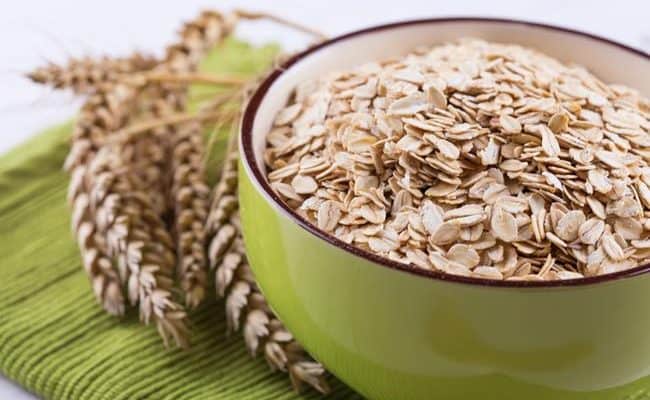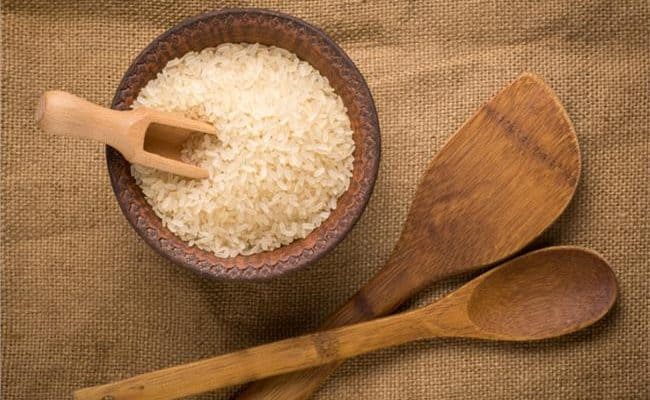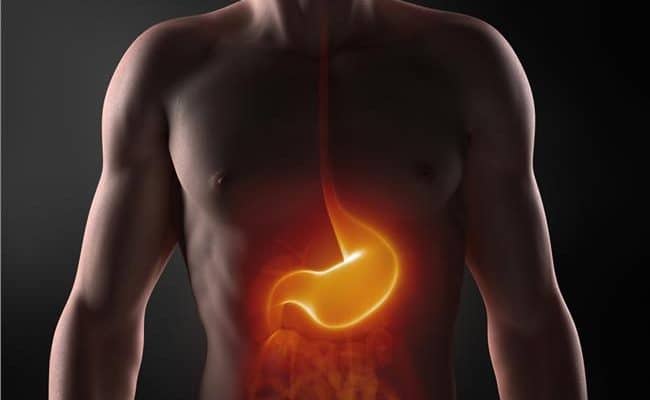
Where you carry fat can be just as important as how much extra fat you are carrying. The risks for carrying extra fat are increased risk for type 2 diabetes, cardiovascular disease and other chronic health problems. Even people who are considered normal weight can have an increased risk for these health conditions if they carry extra fat around the mid-section.
According to research cited from a November 2015 USA Today article (1), normal-weight men and women with larger waist lines are more likely to die compared to men and women who were obese.
What can you do to lose some extra belly fat?
Unfortunately, the way to get 6 pack abs will take more than doing lots of stomach crunches. Ab exercises like planks, crunches, sit ups, etc. are important for building your core strength.
However, doing these types of exercises will not melt the fat off your waist. They can increase muscle tone, strength and be beneficial for posture.
Studies show a combination of aerobic exercise with resistance training can be most beneficial for losing stomach fat. What you eat is also a big part of how your midline looks like too.
Spot reduction: myth or fact?
A common misconception about weight loss is the idea you can spot reduce fat loss.
Unfortunately, just because you do exercises to strengthen your core or arms for example, it doesn’t mean you will lose the most fat from that spot. However, there are not a lot of research studies supporting this notion that spot reduction doesn’t work.
A 2007 study (2) looked at the effects resistance training had on spot reducing body fat levels.
About 100 men and women did supervised weight training only in their non-dominant arm for 12 weeks. Fat levels were measured before and after the exercise period.
Researchers found in men, there was actually a difference in fat level between arms after 12 weeks.
However, in women, there was not a significant difference between fat levels measured in both arms. Although men showed more fat loss in their trained arm, both groups had generalized fat loss.
Researchers concluded spot reduction, according to this study, did not work, especially in women.
What exercise does help burn stomach fat?
According to a 2012 study (3), the best combination of exercise for greatest fat loss is with aerobic and resistance exercise.
Resistance exercise using your core and other major muscle groups can help increase muscle mass and may help with insulin sensitivity.
Aerobic exercise offers a high calorie burn and can also increase the body’s use of fat as a fuel.
A 2011 review article (4) pooled data from 35 different studies looking at exercise and fat loss. Researchers concluded that aerobic exercise is important for fat loss from the abdominal area.
A 2013 review article (5) came to a similar conclusion: aerobic training, whether moderate or vigorous, can be beneficial for lowering belly fat in overweight men and women.
Doing ab exercises is beneficial for increasing core strength and muscle tone. However, adding in aerobic exercise is probably needed to burn stomach fat.
Importance of diet
Increasing exercise doesn’t guarantee you will automatically lose weight. In fact, some research studies suggest exercising at the recommended level from the American College of Sports Medicine (ACSM) may not be enough for significant weight loss.
Another big important factor for weight loss anywhere is watching your food intake. Cutting out excess sugar can be an easy way to help your body lose stomach fat. Whether you do ab exercises or not, what you eat can impact your abs.
A 2002 study (6) found when women were randomly assigned for 16 weeks to either a diet only, diet and aerobic exercise or diet and resistance exercise, all groups lost significant amounts of weight.
This suggests the common denominator for weight loss and losing belly fat was the diet.
What you can’t control
Genetics can play a factor for where we store fat and how much. Some people naturally tend to store more fat around the mid-section and some people don’t’. Hormones can also impact where we store fat.
Stress hormones can promote storing of fat in the mid-section, and males in general are more likely to store fat in the abdominal area.
However, after menopause, women can also see an increase in storage of belly fat.
Some factors you can’t control for fat storage. It’s important to focus on what you can control: healthy stress levels, balanced diet and exercise that involves aerobic and resistance exercises.
Conclusion
The importance of keeping a trim waist line goes more than just for looks. Losing belly fat can help lower risk for many chronic diseases.
People who are considered regular weight can still be at risk for carrying too much belly fat, not just people who are considered over weight or obese.
Ab exercises primarily help to increase muscle tone, strength and posture benefits. By increasing or preserving muscle mass, you can help keep metabolic rate elevated which may help lead to an increased fat burn.
However, doing ab exercises alone will probably not melt the fat off your waist.
Instead, studies suggest doing aerobic exercise, or better yet, a combination of aerobic and resistance exercise to help burn belly fat.
Another important consideration is to watch what you eat. It can be easy to over compensate your calorie intake from starting an exercise program.
A balanced diet with moderate portion sizes and cutting out empty calorie foods can help trim your waist line. Cutting out excess sugar can also be helpful for preventing or lowering belly fat.










